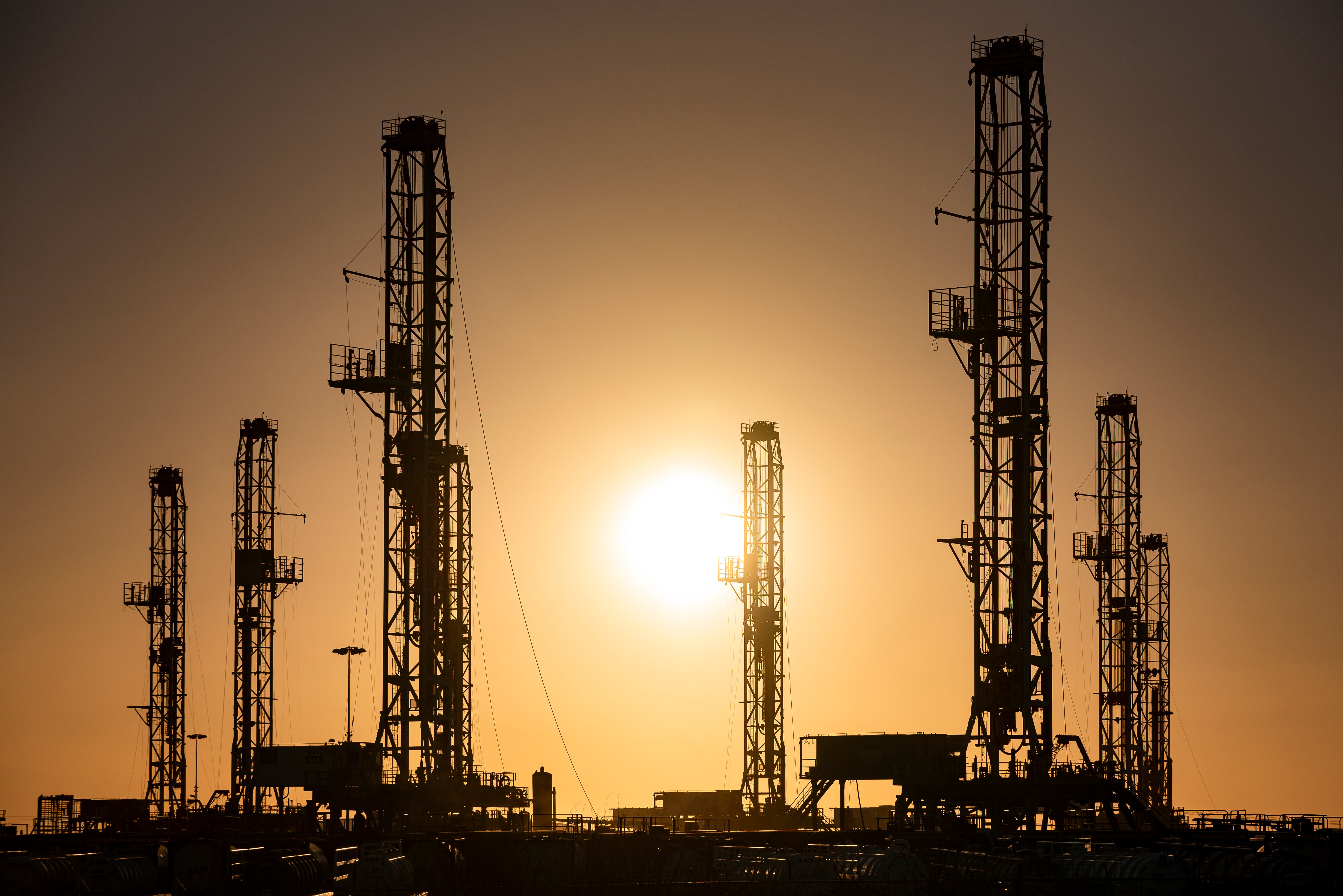OPEC and allies agree to gradually boost crude oil output
The OPEC oil cartel and allied countries say they have decided to gradually add back some 2 million barrels per barrel per day of oil production from May to July

Your support helps us to tell the story
From reproductive rights to climate change to Big Tech, The Independent is on the ground when the story is developing. Whether it's investigating the financials of Elon Musk's pro-Trump PAC or producing our latest documentary, 'The A Word', which shines a light on the American women fighting for reproductive rights, we know how important it is to parse out the facts from the messaging.
At such a critical moment in US history, we need reporters on the ground. Your donation allows us to keep sending journalists to speak to both sides of the story.
The Independent is trusted by Americans across the entire political spectrum. And unlike many other quality news outlets, we choose not to lock Americans out of our reporting and analysis with paywalls. We believe quality journalism should be available to everyone, paid for by those who can afford it.
Your support makes all the difference.The OPEC oil cartel and allied countries said Thursday that they have decided to add gradually add back some 2 million barrels per barrel per day of oil production from May to July, moving cautiously in pace with the recovery of the global economy from the COVID-19 pandemic.
The group is gingerly adding back production that was slashed last year to support prices as demand sagged during the worst of the pandemic recession, which sapped demand for fuel. The group will add back 350,000 barrels per day in May, 350,000 in June, and 400,000 in July.
Meanwhile Saudi Arabia will restore an additional 1 million barrels per day in cuts that it made on its own.
OPEC members, led by Saudi Arabia, and nonmembers, led by Russia have been meeting monthly to determine production levels as they face a recovery in demand whose pace has been uncertain. They face conflicting pressures. Raising production before the demand is there risks sending prices lower. But lower production levels deprive national budgets of money at a difficult time.
Oil prices were trading higher despite the decision to increase production, suggesting markets see more than adequate demand for the added oil. Crude oil traded 4.0% higher at $61.56 per barrel in trading on the New York Mercantile Exchange while Brent crude rose 3.5% per barrel to $64.96.
Saudi Arabia’s Energy Minister Abdulaziz bin Salman, who has urged careful approach with the recovery still uncertain, said that “the cautiousness is still there” in the group’s approach. Ahead of the meeting, he had warned that “until the evidence of recovery is undeniable, we should retain this cautious stance ... the waves are still tall and the seas remain rough.” One reason is the new wave of infections in Europe, which is holding back the economy amid a slow vaccine rollout.
He noted that the reductions would only take effect from May, meaning that the Saudi voluntary cut still had a month to run. He also said that under the agreement, the group could “tweak, or adjust” production as needed in coming months.